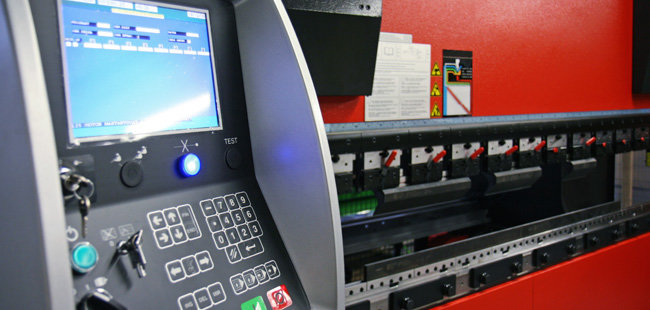Anti-Piracy Protection
for Motion Control Applications

Motivation
Product counterfeiting and industrial espionage provides a high risk for machinery engineers, in particular in emerging economies. Product counterfeiters even offer repair and maintenance services with counterfeited modules. These kind of services are required for larger machineries that perform coordinated multiple motion sequences. Current concepts are often based on obfuscation mechanisms (e. g. code obfuscation) or inflexible physical guarding measures (e. g. hardware dongle). Code obfuscation aims at making the program flow logic appear incomprehensible. It increases the effort for retrofitting, but does not offer an effective protection against illegal copies. Combining code obfuscation and a hardware module (dongle) protects only the software of the control unit, but does not prevent hardware copies. There is an obvious need for enhanced protection concepts that also protect machine data and software against unauthorized transfers, and components against successful replication (based on reverse engineering attacks on individual components or the entire system).
Description
The security of the solution concepts offered by Fraunhofer SIT rests on the system component identification by means of secret codes and state-of-the-art crypto procedure implementation according to guidelines from the Federal Office for Information Security. Specifically, it is a combination of software and hardware elements. Component manufacturers and plant engineers may realize the piracy protection jointly or separately. The Fraunhofer SIT system protects individual components as well as assembled systems. Machines will function faultlessly only if the components used are authentic and have been licensed by the manufacturer. If individual system components malfunction they can be replaced by new, properly licensed components at any time, without having to reinitialize the entire system. Hardware and software modules can be adapted to the requirements of the application context to avoid unnecessarily complicated or cost-intensive security modules.
Offer
- Consultation services about technological anti-piracy protection
- Development of individual security concepts
- Development of threat models and test scenarios
- Piloting and feasibility studies
- Evaluation and further development of existing protection concepts